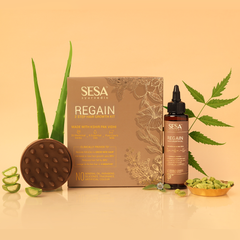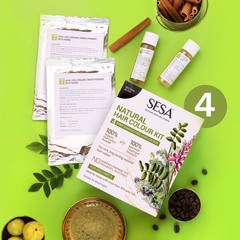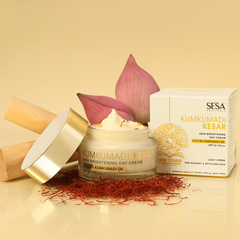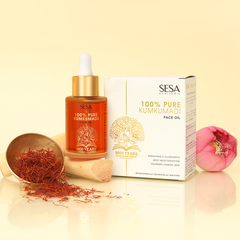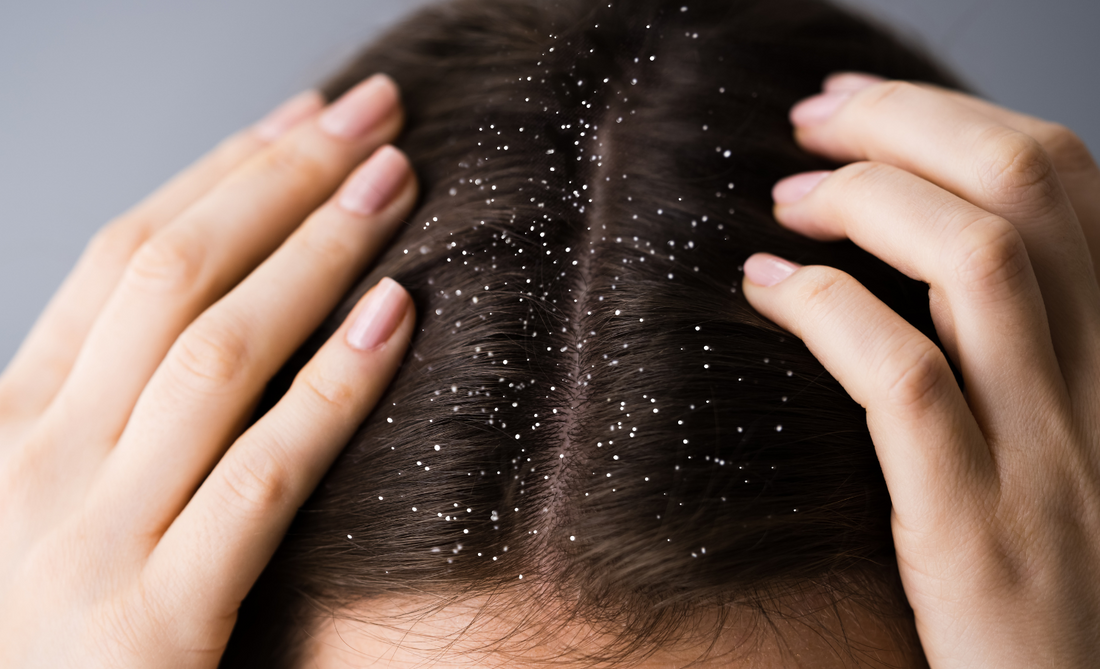The arrival of the monsoon season brings a welcome break from the sweltering summer heat. However, alongside the refreshing rains and cooler temperatures come some unwelcome challenges, particularly for our hair and scalp. One common issue many people face during this time is an increase in dandruff. If you’ve noticed more flakes on your shoulders when the rainy season hits, you’re not alone. Understanding why dandruff tends to flare up during monsoon can help you manage it more effectively.
Understanding Dandruff
Before diving into the reasons behind the monsoon dandruff surge, it’s important to understand what dandruff is. Dandruff is a common scalp condition characterized by the shedding of dead skin cells. It can cause itching and flaking of the scalp and, in severe cases, lead to inflammation and irritation.
Why Dandruff Increases During Monsoon
-
Humidity and Moisture
The monsoon season is synonymous with high humidity. The excess moisture in the air can make the scalp a breeding ground for fungi and bacteria. Malassezia, a yeast-like fungus naturally present on the scalp, thrives in humid conditions. When this fungus grows unchecked, it can lead to an increase in dandruff.
-
Sweat and Sebum Production
The humidity and warmth of the monsoon season often lead to excessive sweating. Sweat, combined with sebum (the natural oil produced by the scalp), creates an ideal environment for dandruff-causing microorganisms to flourish. This can result in an oily, greasy scalp, further exacerbating dandruff issues.
-
Irregular Hair Washing
During the monsoon, people often avoid washing their hair frequently due to the damp weather. This can lead to the buildup of sweat, dirt, and oil on the scalp, which in turn promotes dandruff. Regular cleansing of the scalp is essential to keep dandruff at bay, and skipping washes can worsen the problem.
-
Use of Hair Products
In an attempt to manage frizzy hair caused by the humid weather, many people resort to using various hair styling products. These products can build up on the scalp, clogging pores and trapping oil and sweat. This buildup can provide a perfect environment for dandruff to develop.
-
Dietary Changes
Monsoon often brings a change in diet, with an increase in the consumption of fried and spicy foods. These foods can affect the scalp’s oil production, leading to an oily scalp and an increase in dandruff.
-
Stress and Immunity
The change in weather and routine during the monsoon can sometimes lead to increased stress and lowered immunity. Stress has been linked to dandruff, as it can disrupt the balance of microorganisms on the scalp and increase oil production.
How to Manage Monsoon Dandruff
While the monsoon season poses unique challenges for dandruff management, there are several steps you can take to keep it under control:
-
Regular Hair Washing
Wash your hair regularly with a mild anti-dandruff shampoo to keep your scalp clean and free from excess oil and sweat.

Sesa Ayurvedic Anti Dandruff Shampoo is a natural solution for dandruff control, hair fall reduction, and enhancing hair softness and shine. Enriched with potent Ayurvedic ingredients like Bhringraj, Shudha Dhatura, Amla, and Ghritkumari (Aloe Vera), this shampoo strengthens hair follicles, repairs damaged hair, reduces scalp irritation, and conditions hair deeply. Experience the benefits of Ayurveda for a healthy, dandruff-free scalp and beautiful hair with Sesa Ayurvedic Anti Dandruff Shampoo. -
Proper Drying
Ensure your hair and scalp are completely dry after washing. Damp hair can promote the growth of dandruff-causing fungi.
-
Balanced Diet
Maintain a balanced diet rich in vitamins and minerals to support a healthy scalp. Avoid excessive consumption of oily and spicy foods.
-
Stay Hydrated
Drink plenty of water to keep your scalp hydrated and to help flush out toxins from your body.
-
Use Lightweight Hair Products
Opt for lightweight, non-greasy hair products to avoid buildup on the scalp.
-
Stress Management
Practice stress-relief techniques such as yoga, meditation, or regular exercise to keep stress levels in check.











